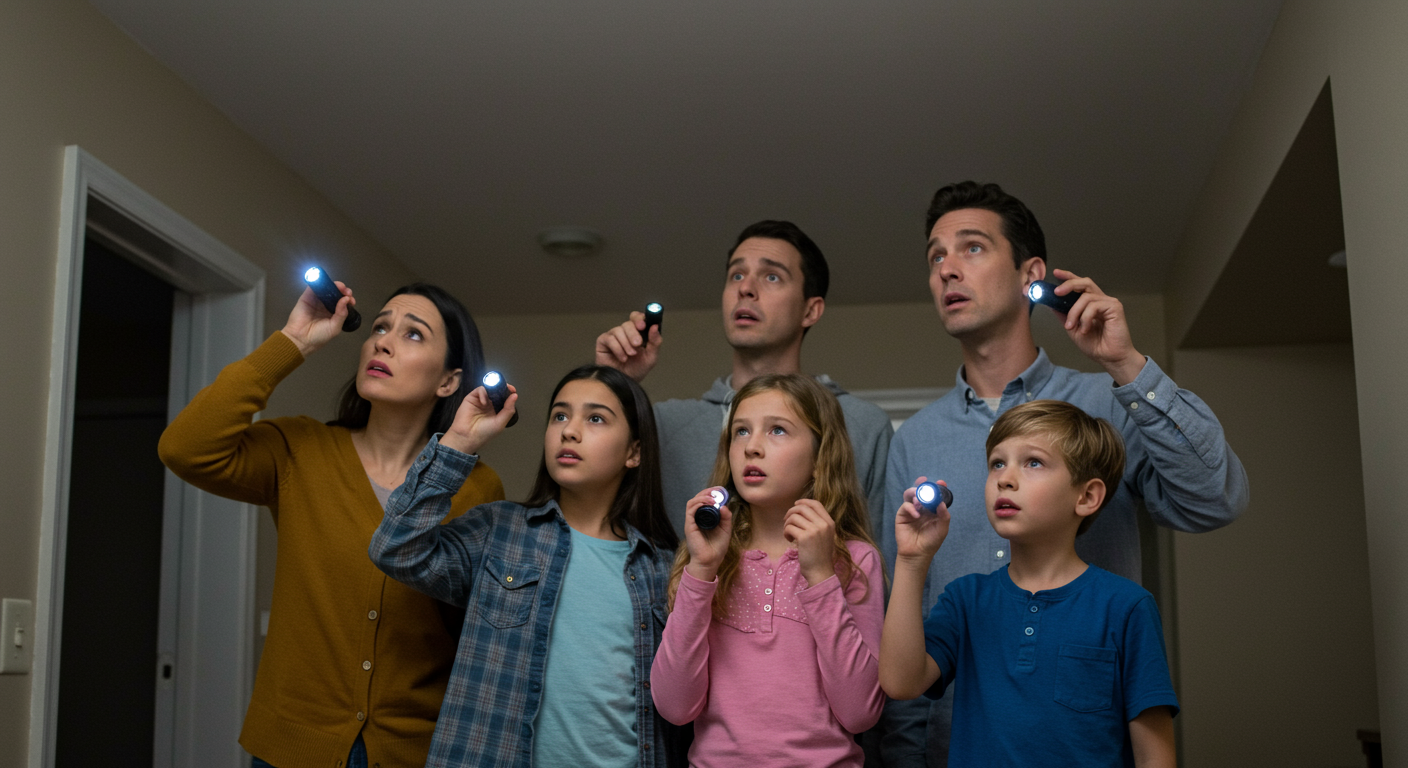Black mold, scientifically known as Stachybotrys chartarum, is a common yet hazardous household issue that can pose serious health risks and structural damage if left untreated. Residents of Spanish Fork, UT, often face challenges with mold due to the region’s varying climate conditions. In this article, we will explore what black mold is, the health risks associated with it, how to detect it in your home, and the steps for effective mold remediation.
Black mold, scientifically known as Stachybotrys chartarum, is a common yet hazardous household issue that can pose serious health risks and structural damage if left untreated. Residents of Spanish Fork, UT, often face challenges with mold due to the region’s varying climate conditions. In this article, we will explore what black mold is, the health risks associated with it, how to detect it in your home, and the steps for effective mold remediation.
What is Black Mold?
Black mold is a type of fungus that thrives in damp, humid, and poorly ventilated environments. It is characterized by its dark green or black appearance and slimy texture. This mold often grows on materials like wood, drywall, and carpet that have been exposed to moisture for extended periods.
In homes, black mold typically develops in areas affected by water damage, such as basements, bathrooms, and kitchens. Leaky pipes, roof leaks, and flooding are common culprits that create the perfect conditions for mold growth. If you notice discoloration on walls or ceilings, it could be an early sign of black mold infestation.
Health Risks Associated with Black Mold
Exposure to black mold can lead to a variety of health problems, particularly for individuals with allergies, asthma, or weakened immune systems. The mold releases spores into the air, which can be inhaled and cause respiratory issues.
Short-Term Effects
- Sneezing, coughing, and nasal congestion
- Irritated eyes, throat, and skin
- Headaches and fatigue
Long-Term Effects
Prolonged exposure to black mold can result in more severe health complications, such as chronic respiratory conditions, lung infections, and neurological issues. It is especially dangerous for young children and the elderly, who may be more susceptible to its effects.
For more information on mold-related health risks, refer to the CDC’s guidelines on mold exposure.
How to Detect Black Mold in Your Home
Detecting black mold early is crucial to prevent it from spreading and causing further damage. Here are some common signs to look out for:
Visual Cues
Black mold appears as dark spots or patches on walls, ceilings, and other surfaces. It often has a slimy texture and may grow in clusters.
Musty Odors
A persistent musty or earthy smell in your home is a strong indicator of mold presence. This odor is caused by the microbial volatile organic compounds (MVOCs) released by mold.
Professional Inspections
While visual and olfactory signs can help identify mold, a professional mold inspection is the most reliable way to detect hidden mold. Certified inspectors use specialized tools to assess moisture levels and locate mold colonies in hard-to-reach areas.
For expert mold inspection services, check out Comprehensive Mold Inspection Services in South Jordan, UT.
Mold Remediation: Steps to Take
If you discover black mold in your home, it is essential to act quickly to mitigate its effects. Here are the steps involved in the mold remediation process:
1. Assess the Extent of the Problem
A thorough assessment will help determine the severity of the mold infestation. This step often involves professional testing and inspection.
2. Contain the Mold
To prevent the mold from spreading, affected areas should be sealed off using plastic sheeting and tape. This is especially important during the removal process.
3. Remove the Mold
Mold removal involves cleaning or discarding contaminated materials. Surfaces like drywall and carpet may need to be replaced if the mold has penetrated deeply.
4. Address the Source of Moisture
Fixing the underlying cause of moisture, such as repairing leaks or improving ventilation, is crucial to prevent mold from returning.
5. Clean and Disinfect
After removing the mold, clean and disinfect the area using antimicrobial solutions. This step ensures that any remaining spores are eliminated.
6. Prevent Future Mold Growth
Implement preventive measures such as using dehumidifiers, improving ventilation, and regularly inspecting your home for signs of water damage.
For professional assistance, consider Expert Mold Remediation Services in Draper, UT.

Conclusion
Black mold is a serious issue that requires immediate attention to protect your health and home. By understanding its causes, recognizing the signs, and taking the necessary steps for remediation, you can effectively combat mold infestations. If you live in Spanish Fork, UT, and suspect mold in your home, don’t hesitate to seek professional help to ensure a safe and healthy living environment.
For more tips on mold prevention and removal, explore our Essential Guide to Mold Removal and Prevention.

Leave a Reply